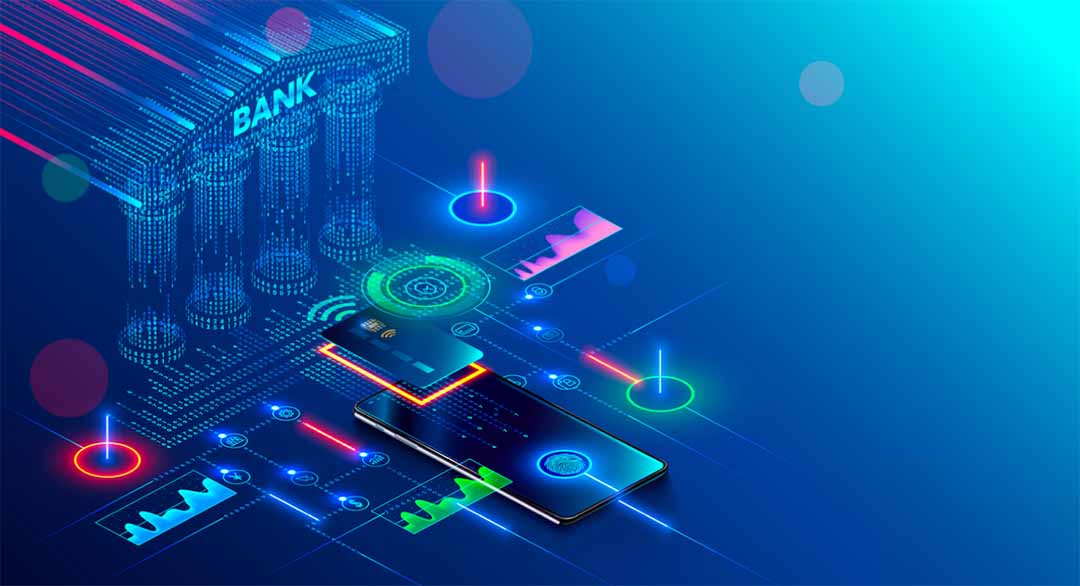Digital banking fraud is a growing global concern that has the potential to impact millions of people. This article will explore digital banking fraud and how it can be prevented, detected, and mitigated.
What is digital banking fraud?
Digital banking fraud is a form of fraud that involves the use of digital technology to commit financial crimes. It can be committed by individuals or groups, and it often involves employees at banks and financial institutions. The most common types of digital banking fraud include:
- Bank account takeover: This type of scam occurs when an unauthorized person gains access to your account information (e.g., username, password, and/or PIN number) and transfers money from your bank account without your knowledge or consent.
- Card-not-present transactions: These types of scams are typically carried out via email or phone call through which scammers ask for payment card details over the phone in order to verify them before issuing new cards or because they have supposedly been reported as lost or stolen by the cardholder.
Digital vs physical banking fraud
Banking fraud can be either physical or digital. Physical banking fraud occurs when a person steals your card, or steals your PIN. Digital banking fraud is when someone steals your data (e.g., by hacking into your bank account). Digital banking fraud is more common than physical banking fraud, but because it’s so difficult to detect, it often goes unnoticed until very late in the process. For example:
- A hacker may gain access to one of your online accounts for a period of time without you ever knowing about it—this could happen if someone gains access to one of your social media logins and uses that information to break into other accounts linked to the same email address; or
- A hacker might trick you into granting them access to an online account by posing as a legitimate representative from the company that owns that account—for example, they may tell you via email or phone call that there has been suspicious activity on one of their accounts and ask whether there are any unauthorized charges pending against them;
Digital vs mobile banking fraud
Mobile banking fraud is a growing problem. One reason for this is that mobile devices are easier to access than desktop computers, and therefore more convenient for the user. The other reason is that fraudulent activity can occur anywhere—at any time—where there’s an internet connection.
While digital and mobile banking fraud are similar in many ways, there are some key differences that make them unique. Digital banking fraud is targeted at a specific bank or other financial institution, while mobile banking fraud is targeted at the individual consumer.
Digital banking fraud can be carried out by hackers who have gained access to the bank’s computer system, while mobile banking fraud is typically carried out by criminals who have gained access to a consumer’s device such as a smartphone.
In both instances, however, the goal is usually to steal money from the consumer’s account or accounts.
Preventing digital banking fraud
Banking fraud can be difficult to detect and mitigate. While it is a common type of crime, there are some simple measures you can take to stay safe.
The first step to preventing banking fraud is to stay alert and aware. If you see something that doesn’t look right, don’t be afraid to report it. You may not realize that what you’re witnessing is actually fraudulent activity until after the fact, so take action as soon as you think something seems off.
Here are some tips to keep in mind:
- Never give out personal information over the phone unless you initiated the call yourself or have been given permission by the company or organization calling you. If someone calls claiming they need information from you, ask them for their name and contact information before providing them with any details about yourself or your finances.
- Use mobile banking apps. These days, you can even make payments using your smartphone with an app that lets you take photos of checks or receipts instead of having to rip them out of your checkbook or wallet. If you do this, don’t save those images on your phone—instead, delete them once they’ve been uploaded successfully.
- Use two-step verification (also known as two-factor authentication). This puts another hurdle between hackers and getting into your account: even if they know the answer to one security question and have access to any other personal information about you available online (like what high school did you go to?), they won’t be able to access the account unless they also have access code sent via text message upon request from an authorized user who has previously logged into their account from another device
Detecting digital banking fraud
Digital banking fraud is a growing concern for financial institutions and consumers alike. Banks are taking steps to ensure that their customers are protected from fraud, but it’s important for you to be aware of the signs of digital banking fraud so you can avoid it yourself.
Step 1: Identify the threat
The first step in preventing digital banking fraud is to identify the threat. By identifying any threats that exist within your organization, you are better equipped to prevent them from happening in the first place.
This means understanding what kind of fraud you’re protecting against, and how it usually happens. The most common types of digital banking fraud are phishing scams, malware attacks, and social engineering.
Step 2: Identify the risk
The next step is to identify the risk associated with each threat. This will help you determine which threats pose the greatest risk—and therefore should be prioritized—and which ones can be lessened or eliminated altogether by implementing different types of protections and/or mitigation methods.
What are you protecting? How much money could be lost if your defenses are breached? What would be lost if it were breached? You need to be able to answer these questions before you can move on to step 3.
Step 3: Determine the impact
Once a threat has been identified and its risk level determined, it’s time to consider how much damage could be done if that threat was not immediately detected. This will help determine whether there are additional resources needed for detection technology or training programs for employees who may encounter this type of threat regularly.
It’s also important to consider whether there are ways to mitigate potential losses if a particular type of fraud occurs without being detected immediately. Digital banking fraud is a serious threat to any business, but there are steps you can take to mitigate the risk.
Mitigating digital banking fraud
Digital banking fraud mitigation is a multi-layered process that involves identifying, monitoring, and preventing suspicious activity. This can be done using internal fraud prevention tools such as Data Analytics or Behavioural Analytics, which are set up to detect fraudulent behavior on the network.
The first step to mitigating digital banking fraud is to identify the most vulnerable areas and implement procedures to protect them. Here are some ways you can do that:
- Create a policy for how your employees are supposed to handle money transfers, transactions, and other transactions involving customer funds. Make sure it is clear and easy to understand.
- Train your employees on what they need to know about these policies and procedures so they can properly follow them without having to read through every single line of text again and again.
- Audit your employees periodically using a test transaction or some other form of assessment to see if they’re following the rules correctly.
The digital banking ecosystem is rapidly evolving, as are the threats it faces. Fraudsters are constantly finding new ways to exploit existing vulnerabilities while innovating new ones. The good news is that banks and fintech providers can take steps today to ensure their customers’ data is protected from fraud and identity theft. One such step is to invest in continuing education and training for bank employees.







